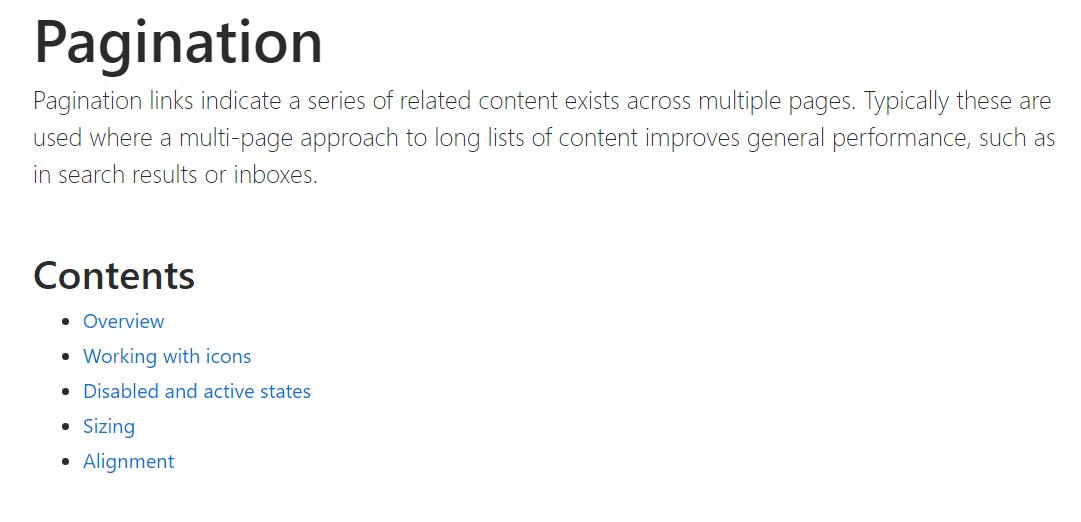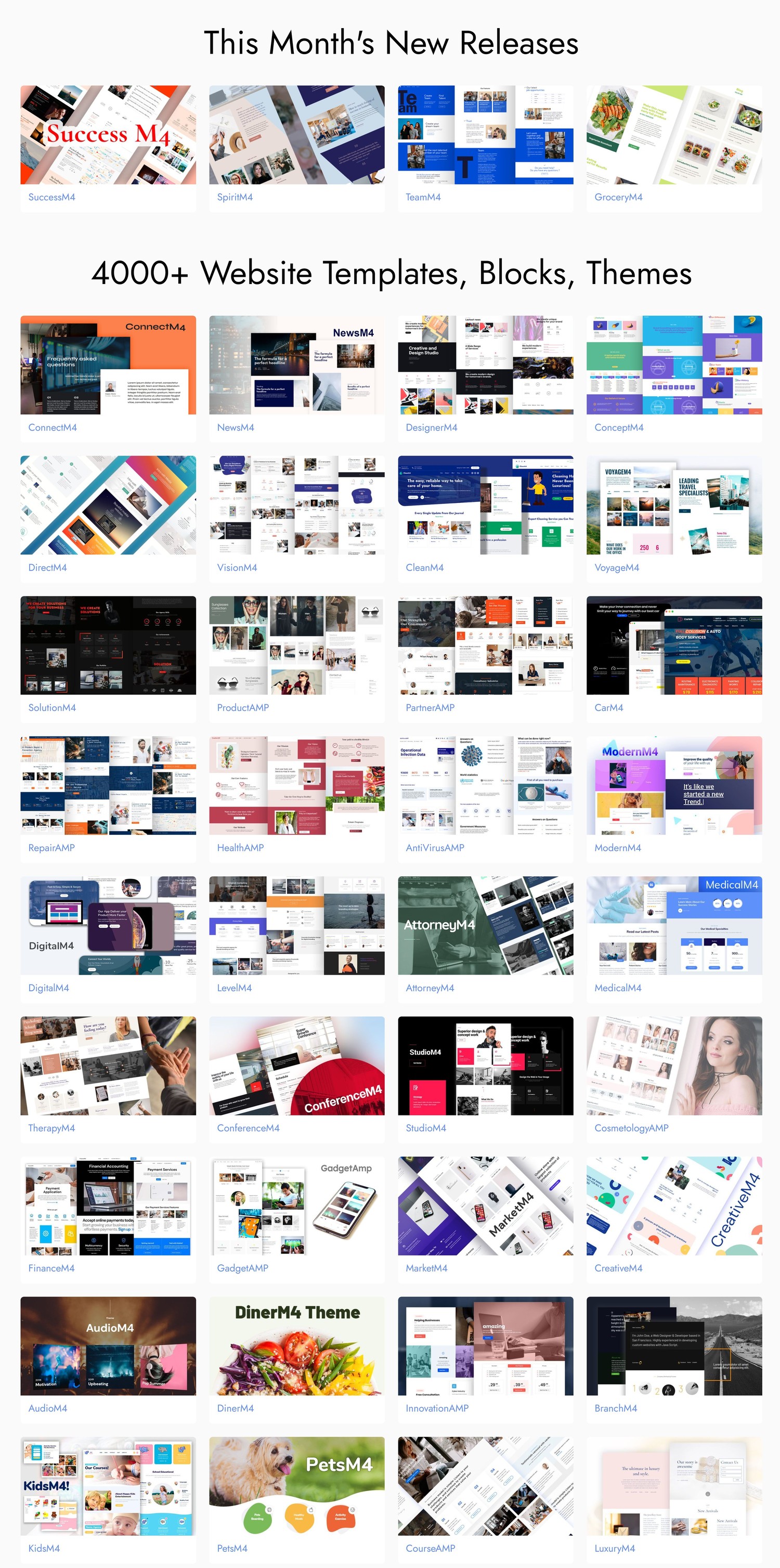Bootstrap Pagination Gridview
Overview
An upward trend in the front-end world is the use of CSS frameworks with base styles for our page. Instead of starting every project from scratch, creating every style in the hand, there are frameworks that already bring a whole built base from where we will start our application.
Bootstrap introduces a lot of capabilities:
● Reset CSS
● Base visual design for most tags
● Icons.
● Grids ready for use.
● CSS Components.
● JavaScript Plugins.
● Total mobile-first and responsive .
As its name claims, it is a method to begin the project in a short time with a simple concept and features without losing design time in the beginning.
Important pagination methods.
Paging becomes necessary Whenever we have a page with many items to display. We understand that in the case of checklists, like showing goods in internet stores or maybe search results in systems, the need is not to present each of the objects instantly, but rather to handle them effectively, preparing them a lot easier to gain access to, faster and more standard pages.
Shown below are some effective practices in the use of Bootstrap Pagination Gridview, no matter the technology chosen:
Pagination: an additional title.
When well built, paging dispenses the title. That is , if you will need to write "Pagination" for the user of Bootstrap Pagination Tutorial to use, there is one thing wrong: think of redesigning it!
Excellent visibility and positioning.
Paging is a complementary navigation and should certainly come with good setting and great visibility. Make use of fonts with sizes and color options that follow the style of page usage, offering excellent exposure and positioning it directly after the item listing ends.
Be practical.
Several paging instruments deliver enhanced navigation features like going straightaway to a certain page or developing a certain amount of webpages at once. They are extra features, users are more accustomed to simple shapes and do better with conventional models.
Provide grouping options.
A really good and highly recommended capability is to provide sorting options to enhance their usage.
Do not make use of subscript formats on urls.
In paging tools, all of these features are needless, due to the fact that the hyperlinks are clear and the subscript design will simply leave the visual filled.
Deliver proper place for clickable areas.
The bigger the clickable part the better convenient the buttons become and due to this fact simpler to apply.
Bring fields between web links
Place from one button to another will make paging more user-friendly and comfortable , keeping away from undesirable access.
Determine the current webpage and give the general site navigation urls.
The paging work is to assist in user navigation, so the instrument needs to make things clear where the user is, where exactly he has been and the place he can proceed.
Bring standard site navigation urls like "Previous Page" together with "Next Page", always setting them at the starting point and finish.
Give helpful shortcuts and additional info
Links to the "first page" and "last page" are often practical, keep in mind them in the case that it is required!
Put into action a wrapping <nav> element to determine it as a site navigation segment to screen readers and many other assistive technologies.
Additionally, as webpages possibly have more than one such navigating part, it's suggested to offer a descriptive aria-label for the <nav> to reflect its function. If the pagination component is used to navigate between a set of search results, an appropriate label could be aria-label="Search results pages".

<nav aria-label="Page navigation example">
<ul class="pagination">
<li class="page-item"><a class="page-link" href="#">Previous</a></li>
<li class="page-item"><a class="page-link" href="#">1</a></li>
<li class="page-item"><a class="page-link" href="#">2</a></li>
<li class="page-item"><a class="page-link" href="#">3</a></li>
<li class="page-item"><a class="page-link" href="#">Next</a></li>
</ul>
</nav>Bootstrap Pagination
Standard Bootstrap Pagination jQuery
You may want to add some kind of pagination to each page if you have a site with many pages.
To develop a basic pagination, add in the .pagination class to an <ul> element.

<nav>
<ul class="pagination">
<li class="page-item">
<a href="#" class="page-link" aria-label="Previous">
<span aria-hidden="true">«</span>
</a>
</li>
<li class="page-item"><a href="#" class="page-link">1</a></li>
<li class="page-item"><a href="#" class="page-link">2</a></li>
<li class="page-item"><a href="#" class="page-link">3</a></li>
<li class="page-item"><a href="#" class="page-link">4</a></li>
<li class="page-item"><a href="#" class="page-link">5</a></li>
<li class="page-item"><a href="#" class="page-link">6</a></li>
<li class="page-item"><a href="#" class="page-link">7</a></li>
<li class="page-item">
<a href="#" class="page-link" aria-label="Next">
<span aria-hidden="true">»</span>
</a>
</li>
</ul>
</nav>Bootstrap 4 and Bootstrap 3 contrasts
Bootstrap 3 only requests the .pagination class.
Bootstrap 4, in addition to the .pagination class, also requires the .page-item class to be put on each <li> element and .page-link to every <a> element.
Working with icons
Planning to apply an icon or symbol in place of content for certain pagination urls? Ensure to deliver correct screen reader help with aria attributes and the .sr-only utility.
<nav aria-label="Page navigation example">
<ul class="pagination">
<li class="page-item">
<a class="page-link" href="#" aria-label="Previous">
<span aria-hidden="true">«</span>
<span class="sr-only">Previous</span>
</a>
</li>
<li class="page-item"><a class="page-link" href="#">1</a></li>
<li class="page-item"><a class="page-link" href="#">2</a></li>
<li class="page-item"><a class="page-link" href="#">3</a></li>
<li class="page-item">
<a class="page-link" href="#" aria-label="Next">
<span aria-hidden="true">»</span>
<span class="sr-only">Next</span>
</a>
</li>
</ul>
</nav>Active condition
The active state indicates what exactly the current webpage is.
Add .active class so that the user understands which web page he is.

<nav>
<ul class="pagination">
<li class="page-item">
<a href="#" class="page-link" aria-label="Previous">
<span aria-hidden="true">«</span>
</a>
</li>
<li class="page-item"><a href="#" class="page-link">1</a></li>
<li class="page-item"><a href="#" class="page-link">2</a></li>
<li class="page-item"><a href="#" class="page-link">3</a></li>
<li class="page-item active"><a href="#" class="page-link">4</a></li>
<li class="page-item"><a href="#" class="page-link">5</a></li>
<li class="page-item"><a href="#" class="page-link">6</a></li>
<li class="page-item"><a href="#" class="page-link">7</a></li>
<li class="page-item">
<a href="#" class="page-link" aria-label="Next">
<span aria-hidden="true">»</span>
</a>
</li>
</ul>
</nav>Disabled Condition
A disabled hyperlink can not be moused click:
If a link for some reason is disabled, add .disabled class.

<nav>
<ul class="pagination">
<li class="page-item">
<a href="#" class="page-link" aria-label="Previous">
<span aria-hidden="true">«</span>
</a>
</li>
<li class="page-item"><a href="#" class="page-link">1</a></li>
<li class="page-item"><a href="#" class="page-link">2</a></li>
<li class="page-item"><a href="#" class="page-link">3</a></li>
<li class="page-item disabled"><a href="#" class="page-link">4</a></li>
<li class="page-item"><a href="#" class="page-link">5</a></li>
<li class="page-item"><a href="#" class="page-link">6</a></li>
<li class="page-item"><a href="#" class="page-link">7</a></li>
<li class="page-item">
<a href="#" class="page-link" aria-label="Next">
<span aria-hidden="true">»</span>
</a>
</li>
</ul>
</nav>Pagination Sizes
Paging blocks can additionally be sized to a larger or smaller size.
Add .pagination-lg class to bigger blocks or .pagination-sm to smaller sized blocks.

<nav>
<ul class="pagination pagination-lg">
<li class="page-item">
<a href="#" class="page-link" aria-label="Previous">
<span aria-hidden="true">«</span>
</a>
</li>
<li class="page-item"><a href="#" class="page-link">1</a></li>
<li class="page-item"><a href="#" class="page-link">2</a></li>
<li class="page-item"><a href="#" class="page-link">3</a></li>
<li class="page-item"><a href="#" class="page-link">4</a></li>
<li class="page-item"><a href="#" class="page-link">5</a></li>
<li class="page-item"><a href="#" class="page-link">6</a></li>
<li class="page-item"><a href="#" class="page-link">7</a></li>
<li class="page-item">
<a href="#" class="page-link" aria-label="Next">
<span aria-hidden="true">»</span>
</a>
</li>
</ul>
</nav>
<nav>
<ul class="pagination">
<li class="page-item">
<a href="#" class="page-link" aria-label="Previous">
<span aria-hidden="true">«</span>
</a>
</li>
<li class="page-item"><a href="#" class="page-link">1</a></li>
<li class="page-item"><a href="#" class="page-link">2</a></li>
<li class="page-item"><a href="#" class="page-link">3</a></li>
<li class="page-item"><a href="#" class="page-link">4</a></li>
<li class="page-item"><a href="#" class="page-link">5</a></li>
<li class="page-item"><a href="#" class="page-link">6</a></li>
<li class="page-item"><a href="#" class="page-link">7</a></li>
<li class="page-item">
<a href="#" class="page-link" aria-label="Next">
<span aria-hidden="true">»</span>
</a>
</li>
</ul>
</nav>
<nav>
<ul class="pagination pagination-sm">
<li class="page-item">
<a href="#" class="page-link" aria-label="Previous">
<span aria-hidden="true">«</span>
</a>
</li>
<li class="page-item"><a href="#" class="page-link">1</a></li>
<li class="page-item"><a href="#" class="page-link">2</a></li>
<li class="page-item"><a href="#" class="page-link">3</a></li>
<li class="page-item"><a href="#" class="page-link">4</a></li>
<li class="page-item"><a href="#" class="page-link">5</a></li>
<li class="page-item"><a href="#" class="page-link">6</a></li>
<li class="page-item"><a href="#" class="page-link">7</a></li>
<li class="page-item">
<a href="#" class="page-link" aria-label="Next">
<span aria-hidden="true">»</span>
</a>
</li>
</ul>
</nav>Switch the alignment of pagination parts with flexbox utilities.

<nav aria-label="Page navigation example">
<ul class="pagination justify-content-center">
<li class="page-item disabled">
<a class="page-link" href="#" tabindex="-1">Previous</a>
</li>
<li class="page-item"><a class="page-link" href="#">1</a></li>
<li class="page-item"><a class="page-link" href="#">2</a></li>
<li class="page-item"><a class="page-link" href="#">3</a></li>
<li class="page-item">
<a class="page-link" href="#">Next</a>
</li>
</ul>
</nav>
<nav aria-label="Page navigation example">
<ul class="pagination justify-content-end">
<li class="page-item disabled">
<a class="page-link" href="#" tabindex="-1">Previous</a>
</li>
<li class="page-item"><a class="page-link" href="#">1</a></li>
<li class="page-item"><a class="page-link" href="#">2</a></li>
<li class="page-item"><a class="page-link" href="#">3</a></li>
<li class="page-item">
<a class="page-link" href="#">Next</a>
</li>
</ul>
</nav>Look at some on-line video information regarding Bootstrap Pagination
Connected topics:
Bootstrap pagination authoritative records

W3schools:Bootstrap pagination tutorial

Centering the pagination in Bootstrap

